Colorful Vine for fence in clay soil
luvnaz61
14 years ago
Related Stories

GARDENING GUIDESHow to Stop Worrying and Start Loving Clay Soil
Clay has many more benefits than you might imagine
Full Story
LANDSCAPE DESIGNSee 5 Unexpected Ways to Use Vines
Vines can grow over slopes, trail off pergolas and add seasonal color to the garden
Full Story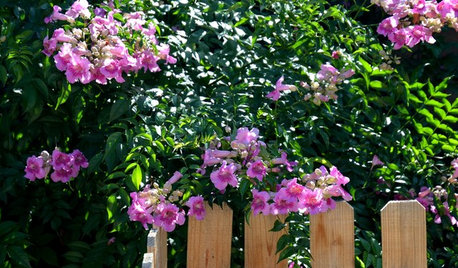
PINK FLOWERSGreat Design Plant: Pink Trumpet Vine Heralds Vibrant Color
Announce your landscape beautification efforts with this flowering vine that perks up hot, dry gardens
Full Story
LANDSCAPE DESIGNFlood-Tolerant Native Trees for Soggy Soil
Swampy sites, floodplains, even standing water ... if you've got a soggy landscape, these trees are for you
Full Story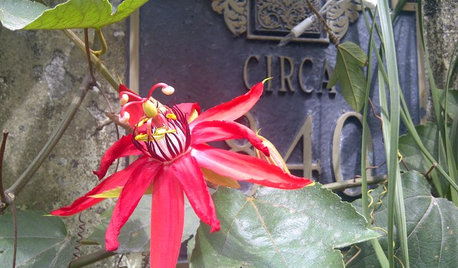
FLOWERS5 Sensational Flowering Vines for Warm Climates
Splash your garden with bright tropical color from late summer through fall with these showy trailing and climbing beauties
Full Story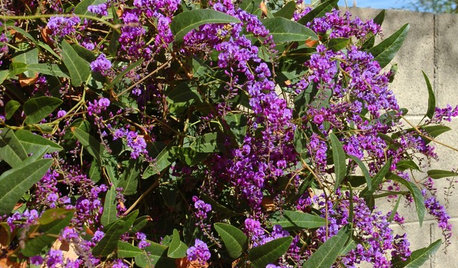
GARDENING GUIDESGreat Design Plant: Lilac Vine for a Purple Profusion in Winter
Grow this pretty, hardy vine on a fence or as a ground cover for blooms throughout the colder months
Full Story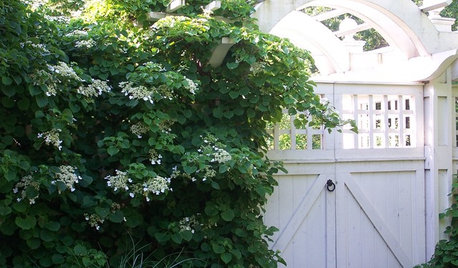
FALL GARDENING6 Deer-Resistant Flowering Vines to Plant This Fall
Have a major deer problem? Here are some of the only vines that have a chance of not being eaten
Full Story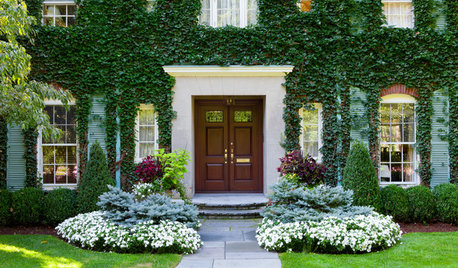
EXTERIORSCare and Training for a Vine-Covered Home
Love the look but don’t want the ruin? Learn how to have vine-draped walls without all the cracks and crumbling
Full Story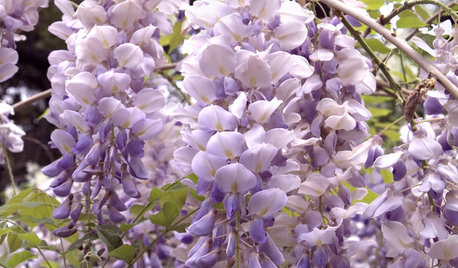
SPRING GARDENINGSpring Planting: Wonderful Wisteria
Classic Vines Add Fragrance, Color and Romance to Garden Designs
Full Story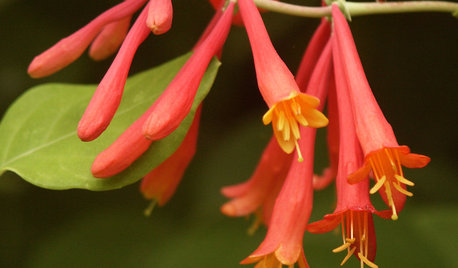
GARDENING GUIDESGreat Design Plant: Lonicera Sempervirens
Grow this long-blooming, flashy flowering vine to cover a fence or arbor and attract hordes of hummingbirds all season long
Full Story





tamelask
luvnaz61Original Author
Related Professionals
Wrentham Landscape Architects & Landscape Designers · Birmingham Landscape Architects & Landscape Designers · Port Royal Landscape Architects & Landscape Designers · Severn Landscape Architects & Landscape Designers · Brooklyn Center Landscape Architects & Landscape Designers · Waterbury Landscape Contractors · Maple Valley Landscape Contractors · Berkley Landscape Contractors · Canby Landscape Contractors · Duarte Landscape Contractors · Estelle Landscape Contractors · Garland Landscape Contractors · Lantana Landscape Contractors · Rockland Landscape Contractors · Castaic Gardeners & Lawn CareIris GW
tamelask
luvnaz61Original Author
tamelask
luvnaz61Original Author